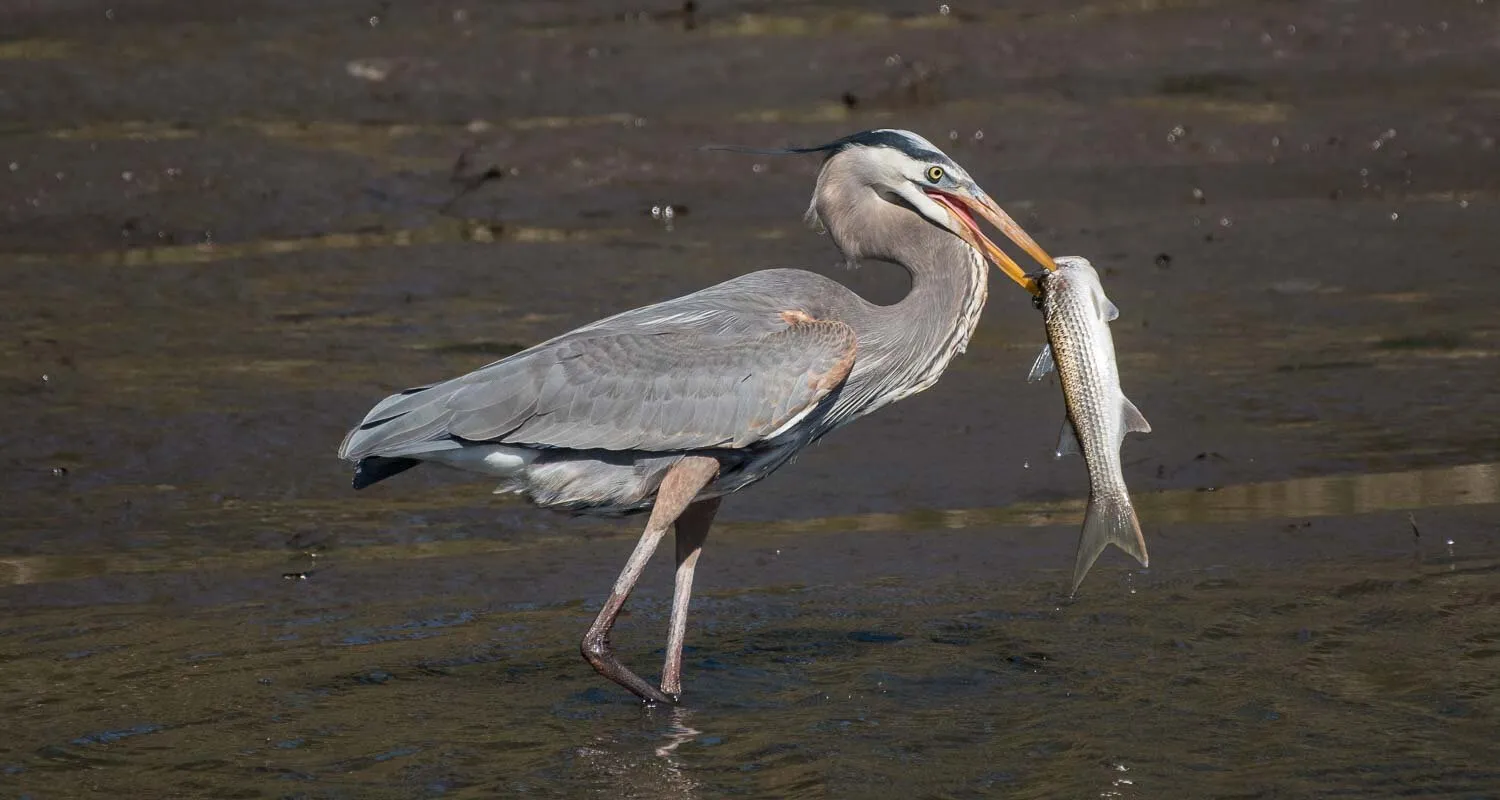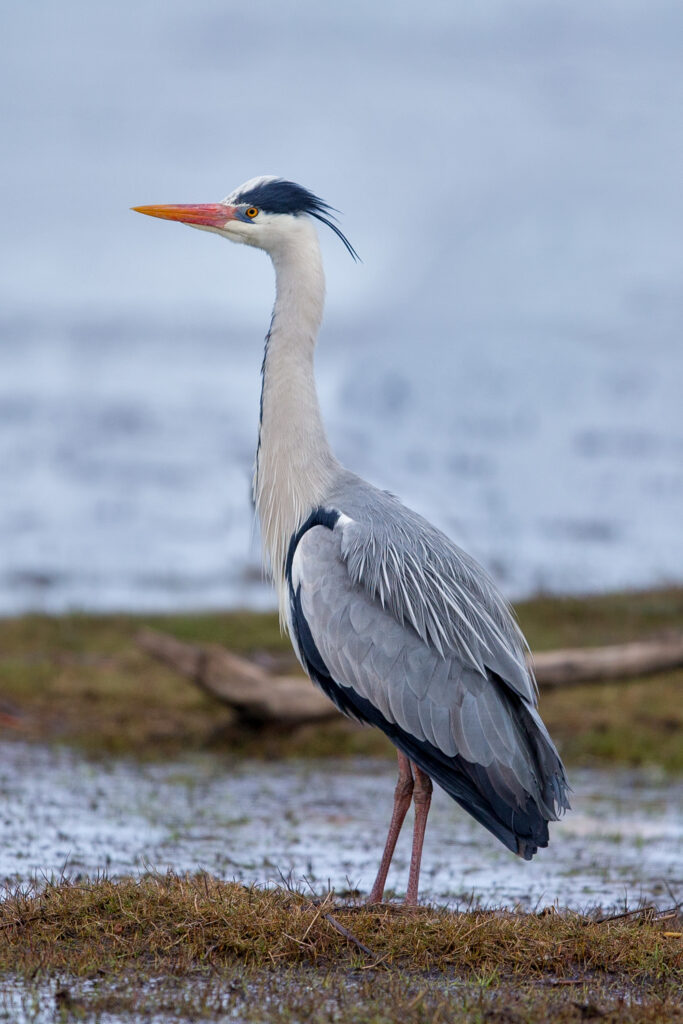“7 Fun Facts About Herons: Graceful Hunters of Wetlands”

With their long legs, sharp beaks, and poised stature, herons are among the most recognizable and graceful birds found near rivers, lakes, marshes, and coastal shores. These wading birds belong to the family Ardeidae and are known not only for their beauty but also for their fascinating behavior and adaptations. Let’s explore 7 fun and insightful facts about these elegant avian hunters.
1. Herons Are Masters of Patience
Herons hunt by standing completely still for long periods, often on one leg, waiting for the perfect moment to strike. Their calm, statuesque posture helps them avoid startling prey such as fish, frogs, and crustaceans.
2. They Can Strike Like Lightning
Despite their calm demeanor, herons have lightning-fast reflexes. When prey comes close, they launch their long necks forward and snap their beaks shut in a fraction of a second, spearing or gripping their target with deadly accuracy.

3. Herons Nest in ‘Heronries’
Herons are often solitary hunters but social nesters. During breeding season, they gather in colonies known as heronries, often building dozens—or even hundreds—of nests in tall trees close to water.
4. Not All Herons Are the Same Color
While the Great Blue Heron is perhaps the most famous in North America, herons come in a variety of colors, including white (like the Great Egret), black, purple, and even tiger-striped in species like the Tiger Heron.
5. They Fly With Their Necks Tucked In
Unlike cranes or storks, herons retract their necks into an S-shape during flight. This helps them remain aerodynamic. It’s also one of the easiest ways to tell a heron from similar large birds in the sky.
6. They Have Unique Chest Feathers
Herons possess special powder down feathers on their chest. These break into a fine dust that helps them clean fish slime or mud off their other feathers—nature’s built-in grooming kit!
7. Herons Are Global Birds
Herons are found on every continent except Antarctica. From the tropics to temperate zones, they adapt to diverse environments—from freshwater wetlands to salty mangrove swamps and urban parks.

Conclusion: The Hidden Talents of Herons
Herons are not just beautiful birds; they are clever, adaptable, and efficient predators that have mastered the art of survival in watery worlds. Whether you spot one silently stalking in a marsh or soaring with slow, majestic wingbeats, herons embody nature’s grace and ingenuity.



